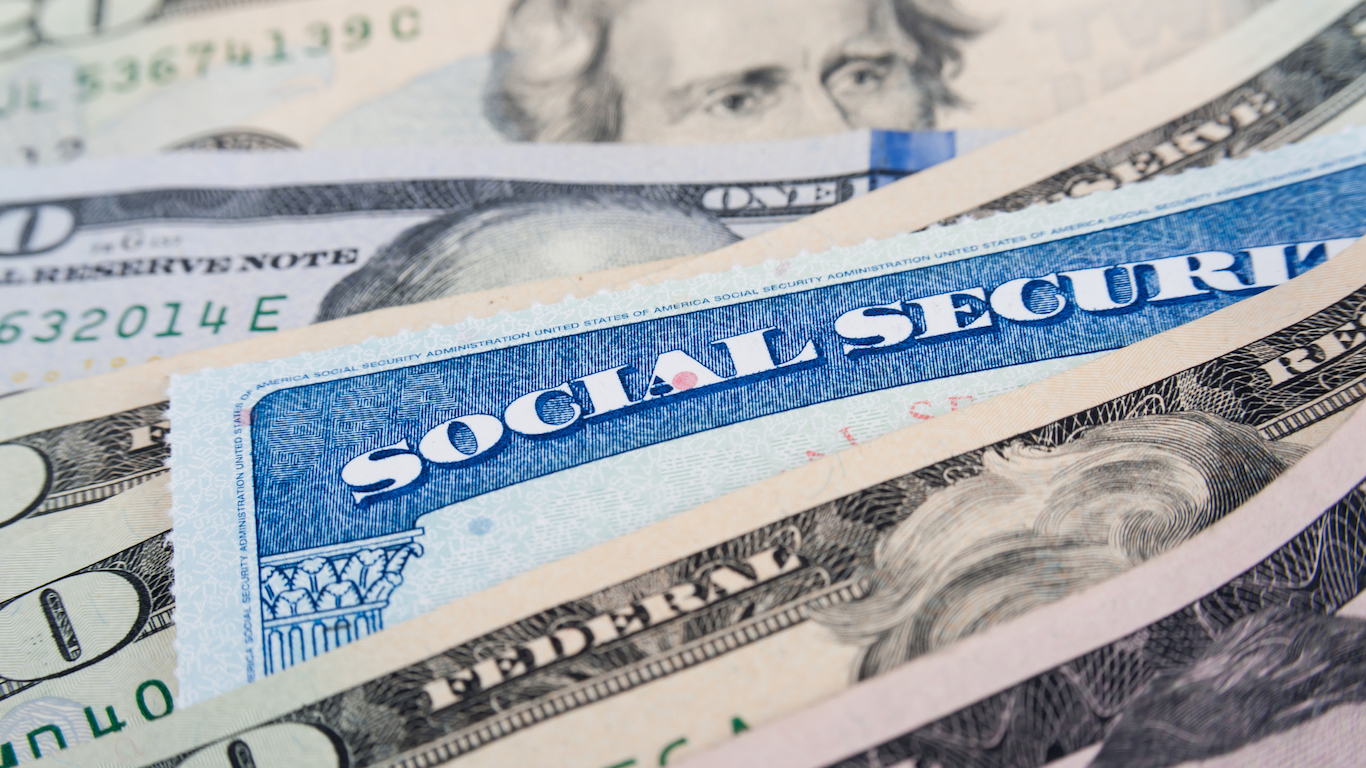
Americans can take steps to shore up their retirement funds by contributing to a company 401(k) plan, Roth or traditional IRA and reviewing catch-up provisions, but Congress also needs to work on strengthening Social Security, experts said. Health care costs continue to rise faster than overall inflation. In the 12 months to September, medical care services rose 3.6% and hospital care services were up 4.5%, compared to 2.4% for overall inflation. CPI-W isn’t an accurate reflection of what retirees spend most of their money on, Johnson said. In September, annual CPI-W rose 2.2% compared with a 2.4% overall inflation increase. Annual COLA is meant to keep beneficiaries’ purchasing power from being eroded by inflation.
FICA Tax Compliance and Enforcement
SSI recipients are those with disabilities and older adults who have little or no income or resources. He is a former editor of the Prague Post and Baltimore City Paper. Still, given the importance of the Social Security system to U.S. workers, caps are sure to be part of the conversation for a while to come. Social Security receives 6.20% of each half (or 12.4% of the total 15.3%), “federal insurance contribution act” that funds social security and medicare. while the remaining 1.45% of each half (or 2.9% of the total 15.3%) goes to Medicare. Our writing and editorial staff are a team of experts holding advanced financial designations and have written for most major financial media publications. Our work has been directly cited by organizations including Entrepreneur, Business Insider, Investopedia, Forbes, CNBC, and many others.
How Much FICA Do I Have to Pay?
The law requires employers to withhold taxes from employee earnings to fund the Social Security and Medicare programs. Your employer also pays a tax equal to the amount withheld from employee earnings. That means 12.4 percent of your earnings is going into the Social Security program, with only 6.2 percent paid by you. If you are a waged or salaried employee, you’ve probably seen on your paystub and annual W-4 statements those boxes marked FICA in the payroll tax section. Half of that tax—6.2% for Social Security and 1.45% for Medicare—is automatically withheld from each paycheck, and your employer contributes the other half.
- There are certain individuals and groups exempt from FICA taxes, as well as specific considerations for self-employed individuals.
- For income above $200,000, they pay an additional Medicare tax of 0.9% on the portion above that threshold.
- This 15.3 percent includes 12.4 percent for Social Security and 2.9 percent for Medicare.
- At the end of each year, employers must provide employees with a Form W-2, which reports the total amount of wages earned and FICA taxes withheld during the year.
- Federal taxes for Social Security and Medicare are mandatory, so understanding them is important for all HR professionals.
- For example, economists estimate younger workers spend about 7% of their budget on health care costs, but research and surveys have indicated that older adults tend to spend 15% or more of their incomes on health care on average, she said.
Additional Medicare Tax

The Federal Insurance Contributions Act (FICA) is a U.S. law establishing payroll taxes to fund the Social Security and Medicare programs. Taxes under the Federal Insurance Contributions Act (FICA) are composed of the old-age, survivors, and disability insurance taxes, also known as social security taxes, and the hospital insurance tax, also known as Medicare taxes. Different rates apply for these taxes The taxes are calculated as a percentage of the employee’s subject wages. FICA mandates employers to withhold the correct dollar amount from every paycheck and forward it to the government.
Submit to get your retirement-readiness report.
Income taxes are paid only by an employee, though they’re collected and paid to the IRS by employers on an employee’s behalf. Self-employed individuals calculate and pay self-employment tax using Schedule SE and Form 1040, the U.S. The tax is calculated based on the individual’s net income from self-employment, subject to the same wage base limits as FICA taxes. FICA taxes are automatically deducted from an employee’s paycheck and are split between the employer and employee, with each party responsible for paying a specific percentage of the total tax.
Federal Insurance Contributions Act (FICA) FAQs
FICA applies to all employees in the United States, regardless of their citizenship status, as long as they are earning income from an employer. Self-employed individuals are also required to pay both the employer and employee portion of FICA. Schedule SE is used to calculate the self-employment tax liability, while Form 1040 is used to report and pay the tax. Self-employed individuals must also report their self-employment income on Form 1040, Schedule C or Schedule F, depending on the nature of their business activities. Both employees and employers have responsibilities when it comes to calculating, withholding, and reporting FICA taxes. As an employee, your total amount of FICA tax due for 2023 is 6.2% of your gross wages for Social Security and 1.45% of your gross wages for Medicare, for a total of 7.65%.
Similar to other payroll taxes, like income and unemployment, FICA taxes are mandatory for all employees and their employers. However, unlike those other taxes, employees and employers share the responsibility of paying FICA taxes every pay period. Each side contributes half of the overall amount sent to the federal government, though there are some exceptions. Most workers have FICA taxes withheld directly from their paychecks.
But the good news is, if you earn $142,800, you’ll only pay Social Security tax on the first $142,800 for 2021. An abbreviation for the Federal Contributions Insurance Act, FICA is a program that takes money from a person’s earnings to fund the Social Security and Medicare programs. You’ll qualify for these benefits when you retire as long as you pay a minimum FICA tax during your working years.